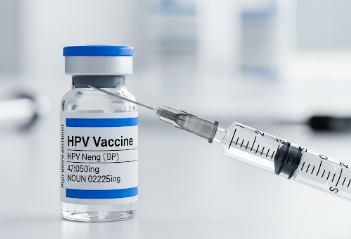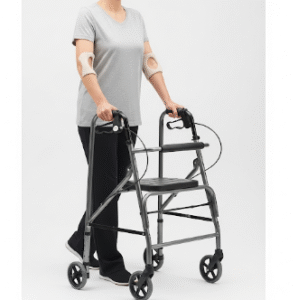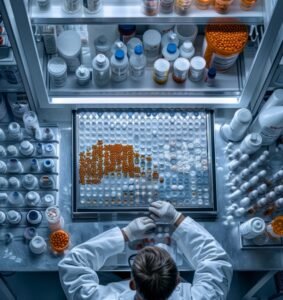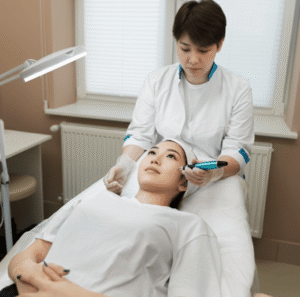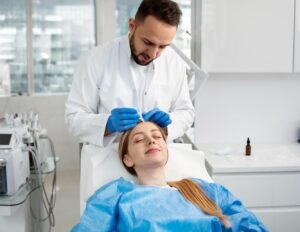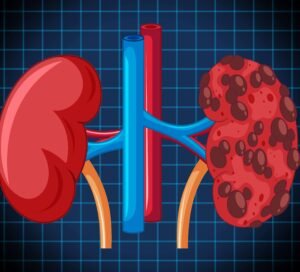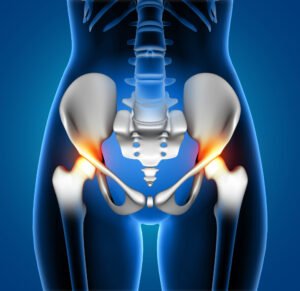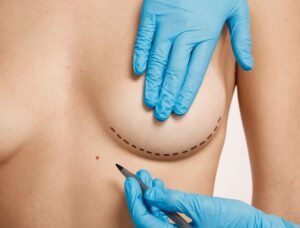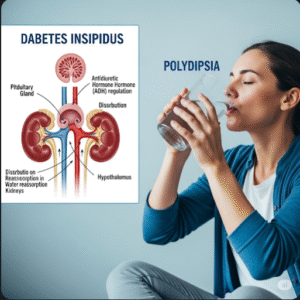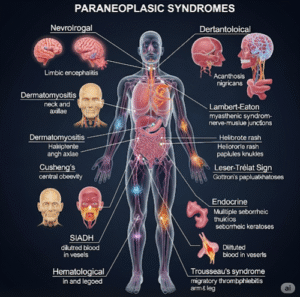What it is
The HPV (Human Papillomavirus) vaccine is a preventive immunization designed to protect against infections caused by the human papillomavirus, which can lead to cervical cancer, genital warts, and other HPV-related cancers. The vaccine contains virus-like particles that stimulate the immune system without causing disease.
Key points:
- Protects against high-risk HPV types that can cause cancer, and low-risk types causing warts.
- Typically administered as a series of 2–3 doses, depending on age and schedule.
- Recommended for both girls and boys, usually before sexual activity begins.
- Available in several formulations such as bivalent, quadrivalent, or nonavalent vaccines, covering different HPV types.
Why it’s done
The HPV vaccine is given for preventive purposes, aiming to:
- Reduce the risk of cervical cancer: Protects against HPV types responsible for the majority of cases.
- Prevent other cancers: Including vulvar, vaginal, anal, penile, and throat cancers associated with HPV.
- Prevent genital warts: Low-risk HPV types cause warts that can be physically and emotionally distressing.
- Public health benefits: Widespread vaccination reduces overall HPV transmission in the population.
Note: HPV vaccination is most effective when administered before exposure to the virus, typically during preteen or early teenage years.
Alternatives
While the HPV vaccine is the most effective preventive measure, alternatives or complementary approaches include:
- Regular cervical screening: Pap smears or HPV DNA tests detect early cellular changes.
- Safe sexual practices: Condom use reduces, but does not eliminate, HPV transmission.
- Treatment of lesions: Cryotherapy, laser therapy, or surgical removal of precancerous lesions.
- Lifestyle measures: Smoking cessation and a healthy immune system can help reduce cancer risk.
Important: Screening and safe practices do not replace vaccination, but they complement it.
Preparation
Preparation ensures safe and effective vaccination:
- Medical consultation: Discuss allergies, medical conditions, and current medications with the healthcare provider.
- Schedule planning: Depending on age, a 2-dose or 3-dose schedule is recommended.
- No fasting required: The vaccine can be administered regardless of meals.
- Report health issues: Avoid vaccination during acute illness or fever unless advised by a doctor.
- Informed consent: Parents or guardians must consent for minors.
Patient instructions:
- Dress for easy access to the upper arm.
- Stay for 15–30 minutes post-injection for observation.
- Report any previous allergic reactions to vaccines.
How it’s done
HPV vaccination is administered via intramuscular injection:
- Usually given in the upper arm (deltoid muscle).
- Dosage schedule:
- Ages 9–14: 2 doses, 6–12 months apart.
- Ages 15 and older: 3 doses, at 0, 1–2, and 6 months.
- The injection is quick, taking less than a minute, with minimal discomfort.
- Common side effects include mild pain, redness, or swelling at the injection site.
Monitoring:
- Healthcare staff may monitor for rare allergic reactions immediately after vaccination.
Recovery and Benefits
Although vaccination is preventive, benefits are long-term and substantial:
- Effective protection: Prevents most infections with HPV types included in the vaccine.
- Reduced cancer risk: Lowers the likelihood of developing cervical and other HPV-related cancers.
- Minimal downtime: Most individuals resume daily activities immediately.
- Community protection: Widespread vaccination contributes to herd immunity, reducing overall HPV prevalence.
Tip: Completing the full vaccine series is critical for maximum protection.
Complications
The HPV vaccine is generally safe, but potential complications may include:
- Mild reactions: Pain, redness, swelling, or itching at the injection site.
- Systemic symptoms: Low-grade fever, headache, fatigue, or mild nausea.
- Fainting (syncope): Especially in adolescents; observation after injection is recommended.
- Severe allergic reaction: Rare, usually within minutes; emergency treatment is available.
Prevention and safety:
- Follow recommended schedules and guidelines.
- Inform healthcare providers about allergies or prior reactions.
- Ensure post-vaccination observation for 15–30 minutes.
Treatment Options in Korea
HPV vaccination is widely available and supported by public health programs in Korea:
Key features:
- Available in public health centers, hospitals, and pediatric clinics.
- Recommended for girls and boys aged 9–26, with some programs targeting school-aged children.
- Multiple vaccine types are accessible, including bivalent, quadrivalent, and nonavalent formulations.
- Vaccination programs often include educational campaigns for parents and adolescents.
- Korean healthcare providers follow international guidelines for dosage, safety, and follow-up.
Summary: The HPV vaccine in Korea is a safe and effective preventive measure against HPV infection and related cancers. Administered according to age-specific schedules, it reduces cancer risk, prevents genital warts, and supports public health, making it a vital component of preventive healthcare.

